Village life
Festivals in Bavaria
Every year there are many different festivals in Bavaria. One of the most famous festival is the Oktoberfest in Munich and people come from all over the world. Of course there are many other festivals too. We will tell you about the:
Oktoberfest
A wedding in Bavaria
Easter
Christkindlmarkt
Oktoberfest
-the biggest carnival all over the world-
First something about the history:
The first Oktoberfest was held 200 years ago in Munich because of the wedding from prince Ludwig (25th august 1786 to 29th february 1868) and princess Therese (8th july 1792 to 26th october 1854). They had a big celebration and a horse race at the “Theresienwiese” at that time an wide open field in Munich. Since this wedding the place is called the Theresienwiese or the “Wiesn”. Prince Ludwig wanted to hold a festival like theOlympic games and the next year they wanted to do the horse race again and so the tradition of the Oktoberfest began.In the 19th century the
Oktoberfest has become bigger: There was the first roundabout, the statue of Bavaria, the first chicken sale, large beer halls and music chapels were
playing. In the 20th century the “Wiesn” celebrated 100 years. At this time the people drank 12.000 hl beer in the currenty biggest beer tent with 12.000 seats.
Today every year about 6-7 million people come to Munich. It lasts for two weeks and always takes place in the last week of September and the first week of October. People come from all over the world. Most people wear
‘Bavarian costumes for example Lederhosen and Dirndl. But there are often problems with alcohol because many people drink too much beer. There are 14 large and 15 small beer tents and 200 attractions including 80 Stage Technologie.
Wedding traditions
There are two traditions
On the one hand there is the 'Hochzeitslader,
on the other hand there is the'Kranzlpaar'.
The 'Hochzeitslader' is a bavarian style wedding planner.
He takes care for the course of the wedding and supports the bride and groom in the the wedding planning. On the wedding day he is the master of ceremony and if applicable a morderator. He knows all Bavarian wedding traditions. For example he organizes the order for the procession for leaving the church. He can be recognized by a cane that is decorated with four colored ribbons, a red one for love, ablue one for faith, a green one for hope and a white one for virginity.
The ' Kranzlpaar' are two, not married friends of the wedding
couple, that support them on their wedding day. For example they distribute the ribbons for the cars of the guests. Beyond that they are the first couple that enters the dance floor after the bride and groom.
Easter
On Easter we celebrate the resurrection of Jesus. A typical thing of Easter are the colorful eastereggs. Some people put colored plastic easter eggs on bushes in their garden.Today we have many traditions for example “Easter eggs hide” but mostly for small children. The Easter bunny brings the Easter eggs in a nest and hide them in the garden or in the flat. But the Easter bunny doesn’t really exist. It’s just a belief.
“Egg curling” called “Oascheibn” is a Bavarian tradition too. It goes like this: There is a small ramp with two rakes where the hunters, one after the other leave the eggs rolling down. When they are lying on the floor everyone puts one cent above the own egg. The following persons do the same and try to hit another egg. The hunter get all the cents which fall down after the shot. After each round the owner of the egg has to put another cent on the egg. The person who collects the most cents is the
winner.
Many people also decorate some things for example a nice easter bunch in the living room. There are many easter eggs which hang on branches.
Spezial food on Easter:
”Osterlamm” (a cake that looks like a sheep)
ham, eggs, bread and salt
All these foods we put in a basket to the church and the priest
blesses them.
Christkindlmarkt
Every year, 4 weeks before Christmas, there is a market in Germany, called„Chriskindlmarkt“. There are lots of stands where you can buy: mulled wine, cookies or cakes, hot dog or Bosna, or little things, which decorate your house or the Christmas tree or which you can give to your
friends.
There is also a stage at the Christkindlmarkt
and every evening there are some little performances of Christmas
songs.Every year, before the market starts, you can vote for one Christkindlein. If you want to be the Christkindlein you have to be older than 14.
(by Regina Schrobenhauser, Julia Bachmayer and Verena Öttl)
Every year there are many different festivals in Bavaria. One of the most famous festival is the Oktoberfest in Munich and people come from all over the world. Of course there are many other festivals too. We will tell you about the:
Oktoberfest
A wedding in Bavaria
Easter
Christkindlmarkt
Oktoberfest
-the biggest carnival all over the world-
First something about the history:
The first Oktoberfest was held 200 years ago in Munich because of the wedding from prince Ludwig (25th august 1786 to 29th february 1868) and princess Therese (8th july 1792 to 26th october 1854). They had a big celebration and a horse race at the “Theresienwiese” at that time an wide open field in Munich. Since this wedding the place is called the Theresienwiese or the “Wiesn”. Prince Ludwig wanted to hold a festival like theOlympic games and the next year they wanted to do the horse race again and so the tradition of the Oktoberfest began.In the 19th century the
Oktoberfest has become bigger: There was the first roundabout, the statue of Bavaria, the first chicken sale, large beer halls and music chapels were
playing. In the 20th century the “Wiesn” celebrated 100 years. At this time the people drank 12.000 hl beer in the currenty biggest beer tent with 12.000 seats.
Today every year about 6-7 million people come to Munich. It lasts for two weeks and always takes place in the last week of September and the first week of October. People come from all over the world. Most people wear
‘Bavarian costumes for example Lederhosen and Dirndl. But there are often problems with alcohol because many people drink too much beer. There are 14 large and 15 small beer tents and 200 attractions including 80 Stage Technologie.
Wedding traditions
There are two traditions
On the one hand there is the 'Hochzeitslader,
on the other hand there is the'Kranzlpaar'.
The 'Hochzeitslader' is a bavarian style wedding planner.
He takes care for the course of the wedding and supports the bride and groom in the the wedding planning. On the wedding day he is the master of ceremony and if applicable a morderator. He knows all Bavarian wedding traditions. For example he organizes the order for the procession for leaving the church. He can be recognized by a cane that is decorated with four colored ribbons, a red one for love, ablue one for faith, a green one for hope and a white one for virginity.
The ' Kranzlpaar' are two, not married friends of the wedding
couple, that support them on their wedding day. For example they distribute the ribbons for the cars of the guests. Beyond that they are the first couple that enters the dance floor after the bride and groom.
Easter
On Easter we celebrate the resurrection of Jesus. A typical thing of Easter are the colorful eastereggs. Some people put colored plastic easter eggs on bushes in their garden.Today we have many traditions for example “Easter eggs hide” but mostly for small children. The Easter bunny brings the Easter eggs in a nest and hide them in the garden or in the flat. But the Easter bunny doesn’t really exist. It’s just a belief.
“Egg curling” called “Oascheibn” is a Bavarian tradition too. It goes like this: There is a small ramp with two rakes where the hunters, one after the other leave the eggs rolling down. When they are lying on the floor everyone puts one cent above the own egg. The following persons do the same and try to hit another egg. The hunter get all the cents which fall down after the shot. After each round the owner of the egg has to put another cent on the egg. The person who collects the most cents is the
winner.
Many people also decorate some things for example a nice easter bunch in the living room. There are many easter eggs which hang on branches.
Spezial food on Easter:
”Osterlamm” (a cake that looks like a sheep)
ham, eggs, bread and salt
All these foods we put in a basket to the church and the priest
blesses them.
Christkindlmarkt
Every year, 4 weeks before Christmas, there is a market in Germany, called„Chriskindlmarkt“. There are lots of stands where you can buy: mulled wine, cookies or cakes, hot dog or Bosna, or little things, which decorate your house or the Christmas tree or which you can give to your
friends.
There is also a stage at the Christkindlmarkt
and every evening there are some little performances of Christmas
songs.Every year, before the market starts, you can vote for one Christkindlein. If you want to be the Christkindlein you have to be older than 14.
(by Regina Schrobenhauser, Julia Bachmayer and Verena Öttl)

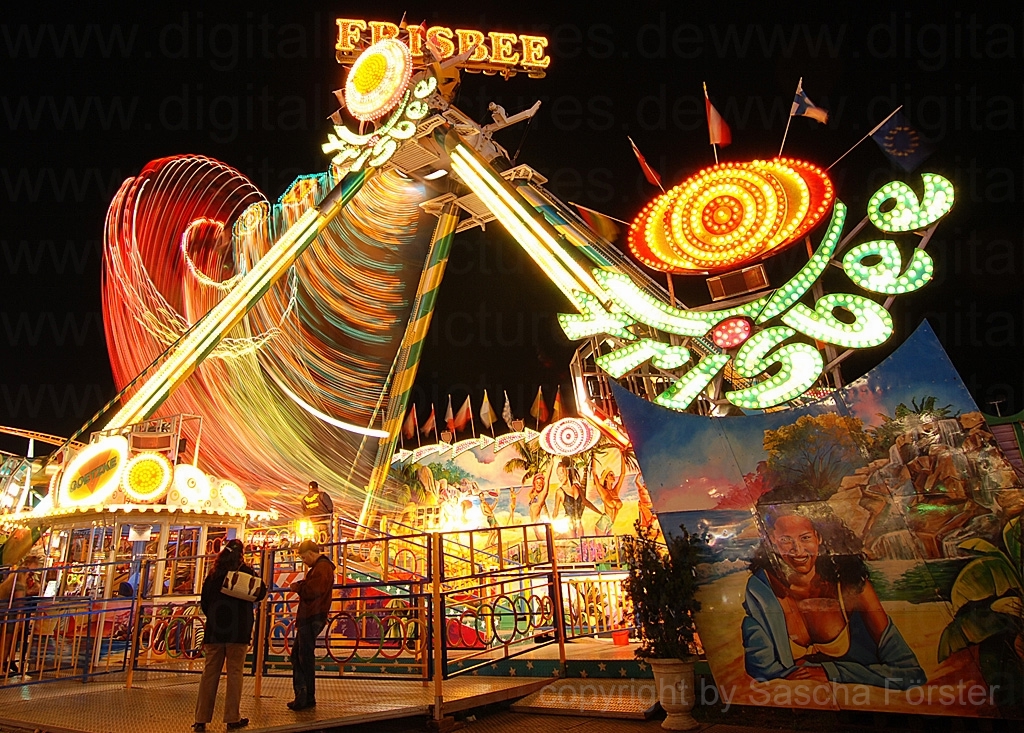
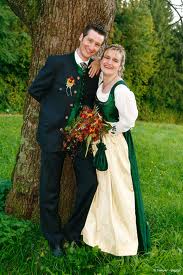
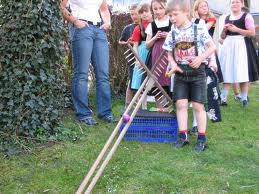
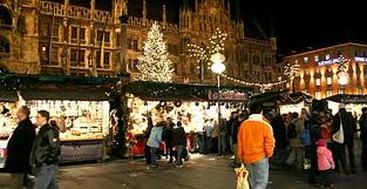

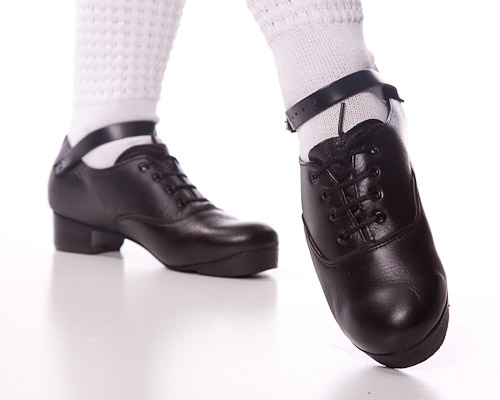
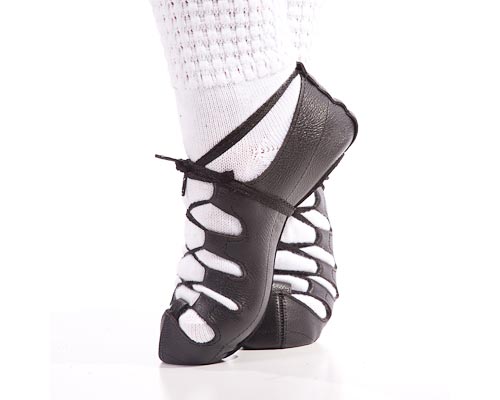
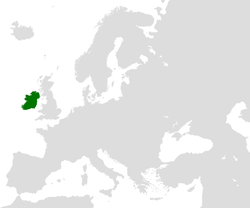
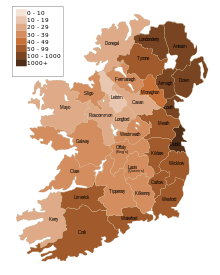
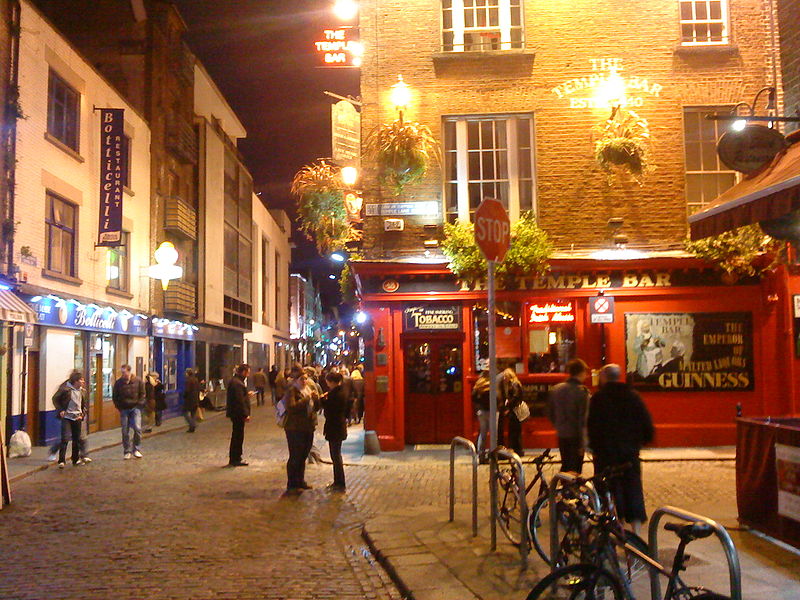
 RSS Feed
RSS Feed